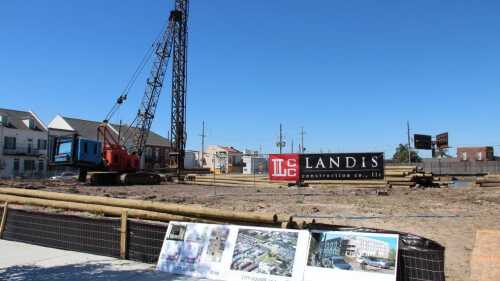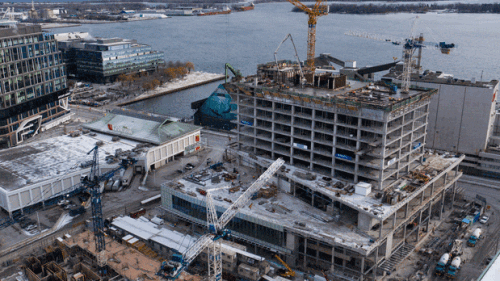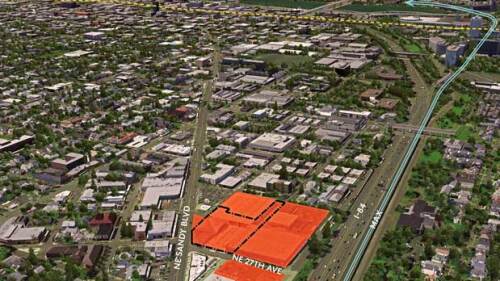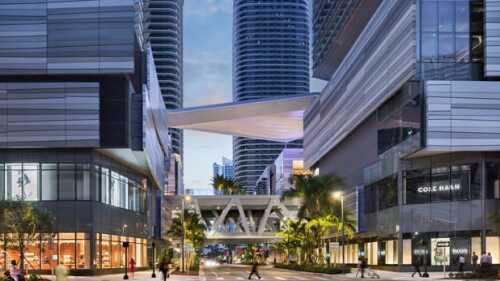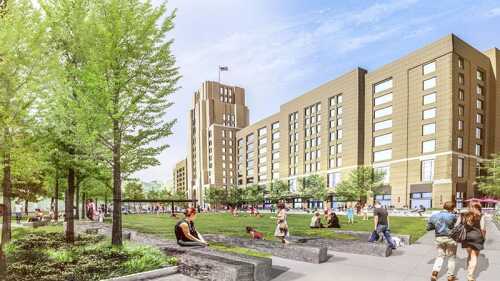Mixed-Use
As in many growing U.S. cities, much of the new housing in New Orleans is on the high end.
Seeking innovative ways to accommodate Toronto’s growing population, developers across the city are launching “mega-mixed-use” projects that are redefining urban living for generations to come.
A Seattle developer pioneers a flexible process to bring live/work/make/eat/shop uses to a superblock site on Portland’s inner urban fringe.
In 2017, the New York–based Northwood Investors spent $1.2 billion to purchase Ballantyne Corporate Park, a highly successful office property in Charlotte—the single-largest real estate transaction in North Carolina’s history at the time.
In 2018, downtown Fort Lauderdale added just over 1,000 residential units. An additional 3,000 units have already come to market so far in 2019, with more underway. While speakers at ULI Southeast Florida’s “Fort Lauderdale Emerges” event acknowledged the risk of overbuilding, they were also confident that a blockbuster mixed-use project will attract interest for decades to come.
Ten projects create synergy among different uses.
A panel discussion at the recent ULI Europe Real Estate Forum in Dublin examined how investors are driving demand for and managing mixed-use districts and buildings. Speakers said that rather than many small and varied projects, they have concentrated on fewer and larger high-return projects.
A former Sears, Roebuck & Company distribution center and retail location in the Crosstown neighborhood of Memphis with historic landmark status has evolved into a mixed-use project with retail, health and educational space, plus apartments.
The area surrounding the historic baseball stadium has been transfigured by new residential skyscrapers where fast-food restaurants once stood, in addition to high-tech health companies and a market concept popular in Portugal.
James Rouse’s visionary development is 50 years old. The process of urbanizing its town center may create a model for other suburban developments.

